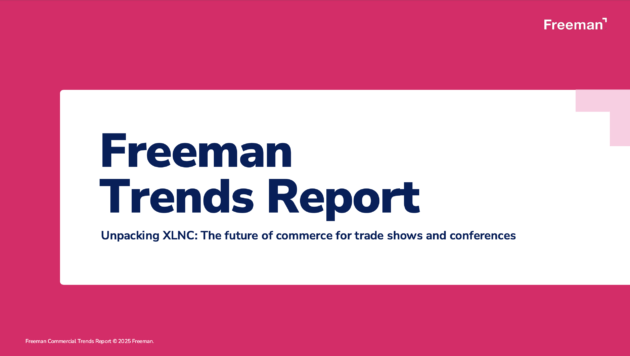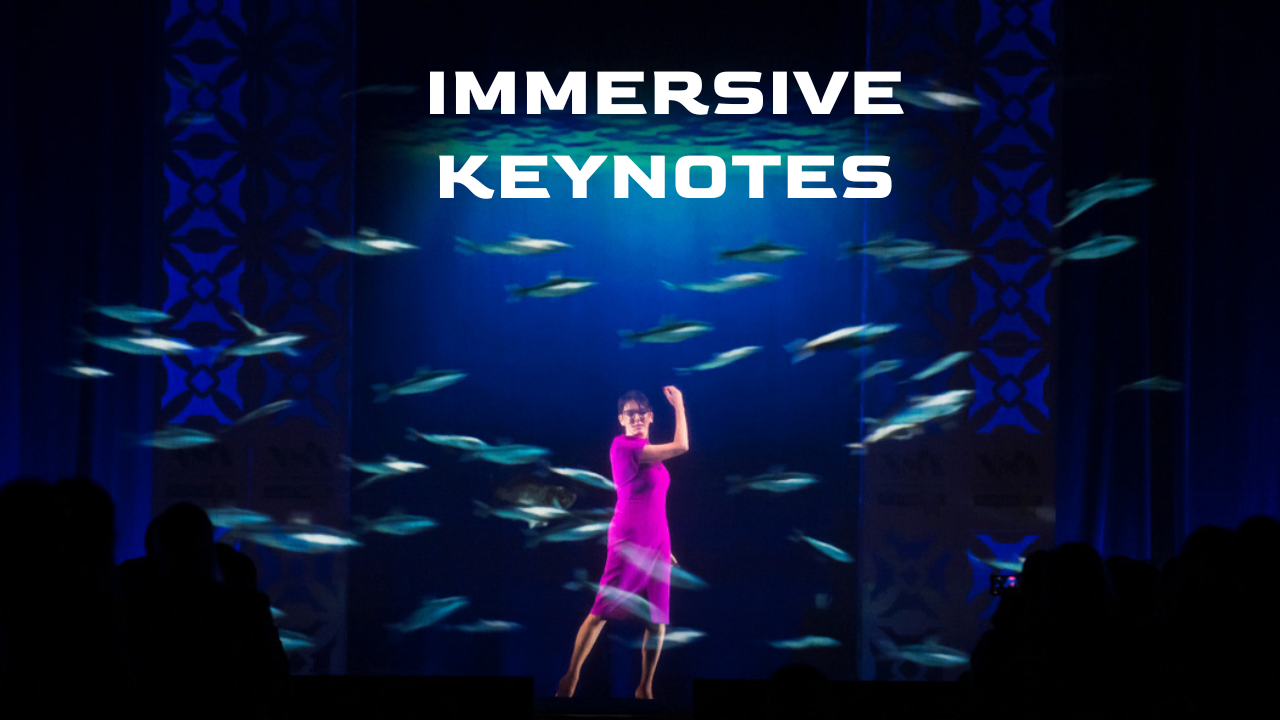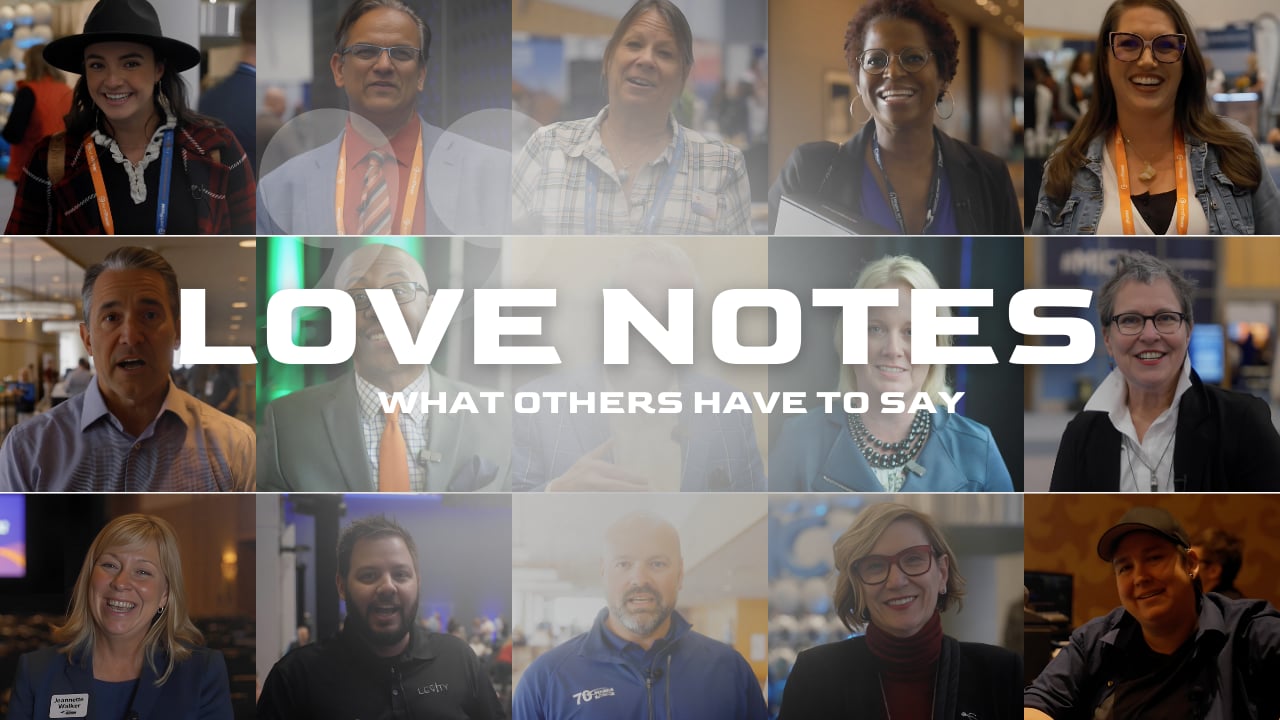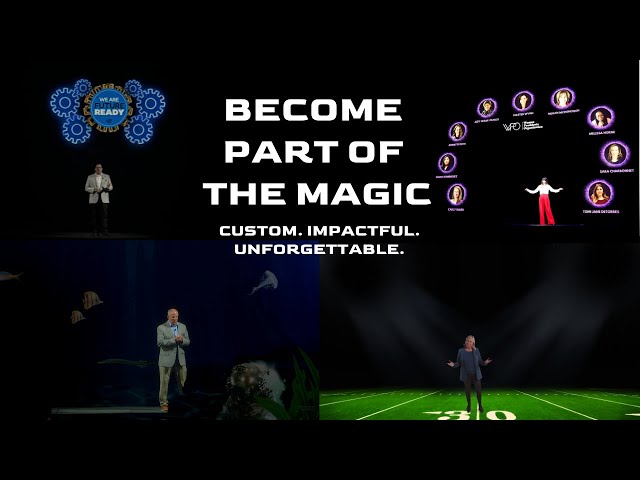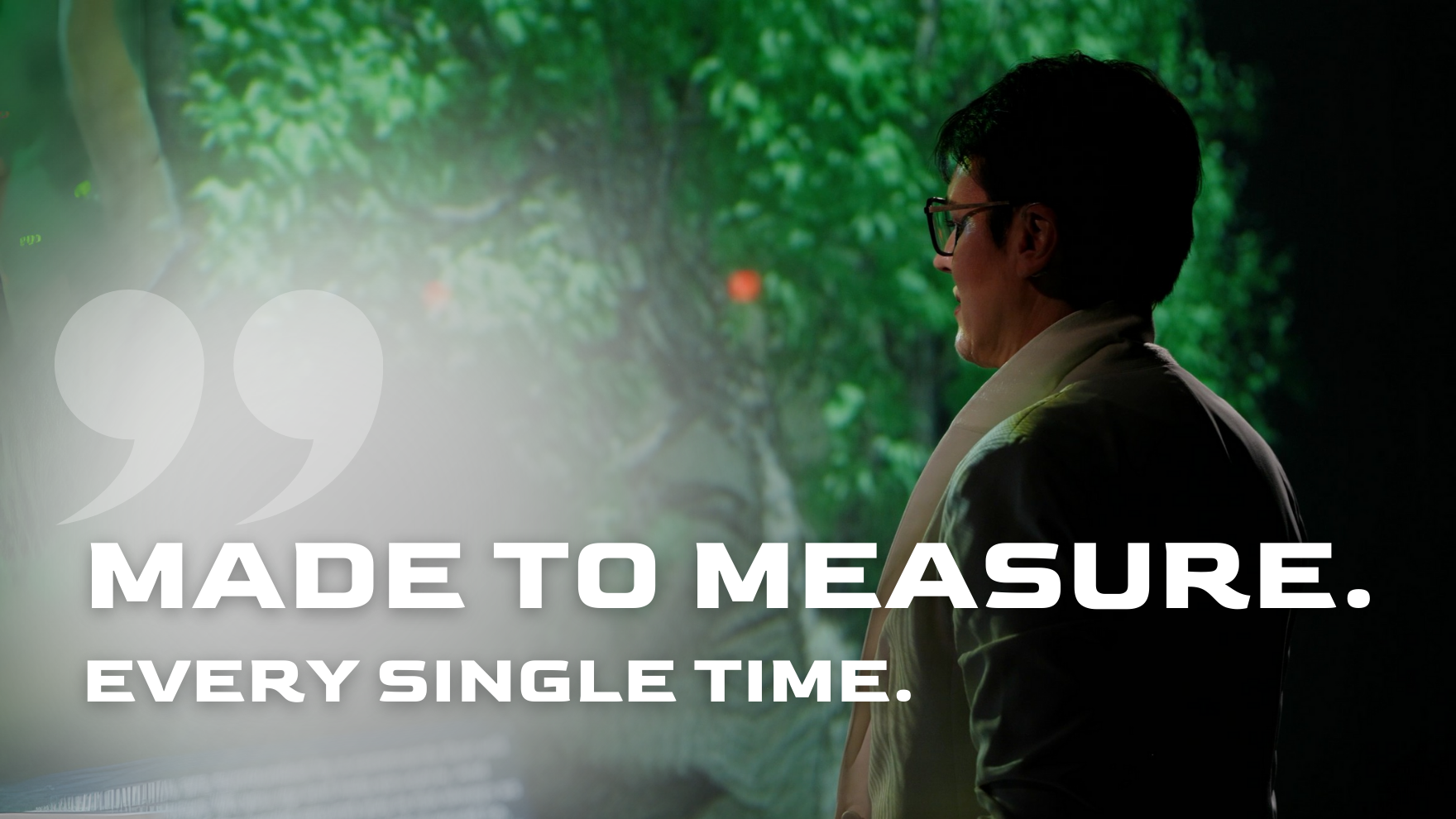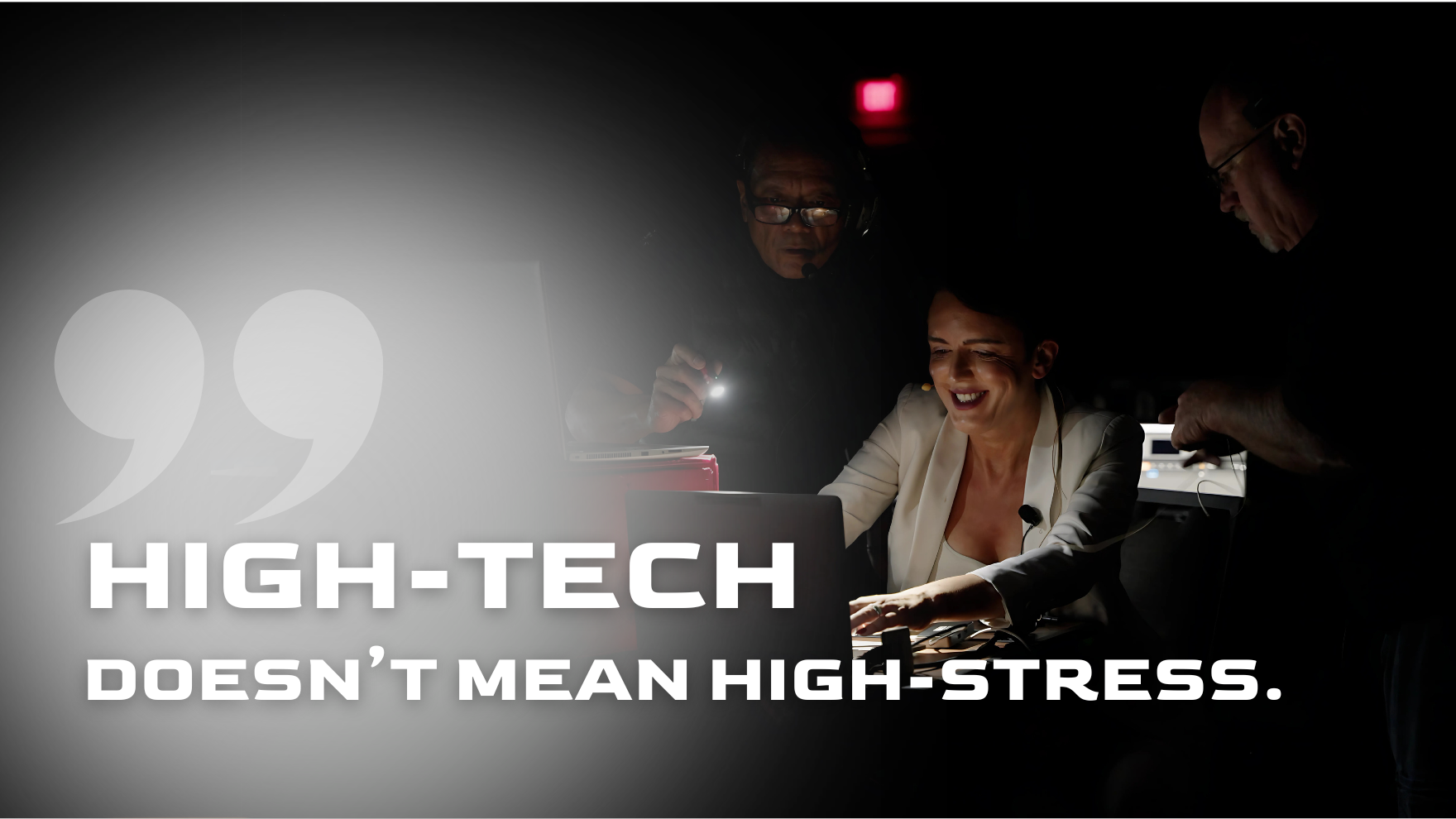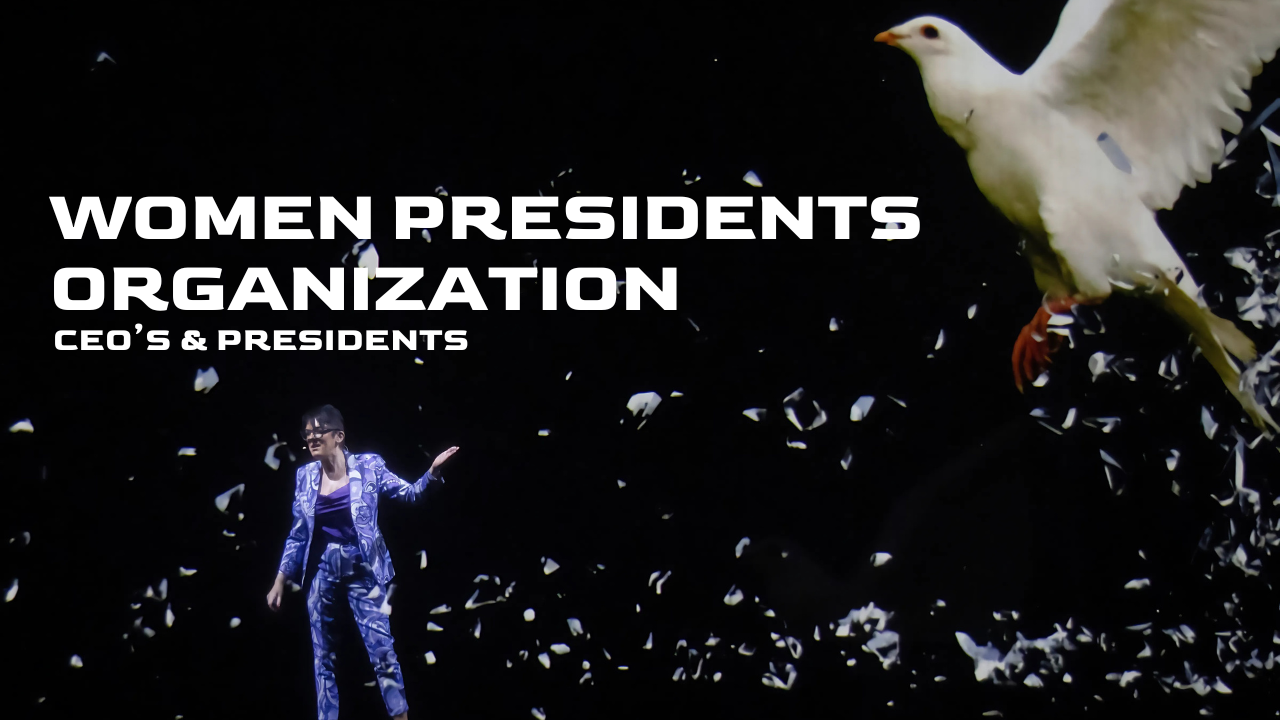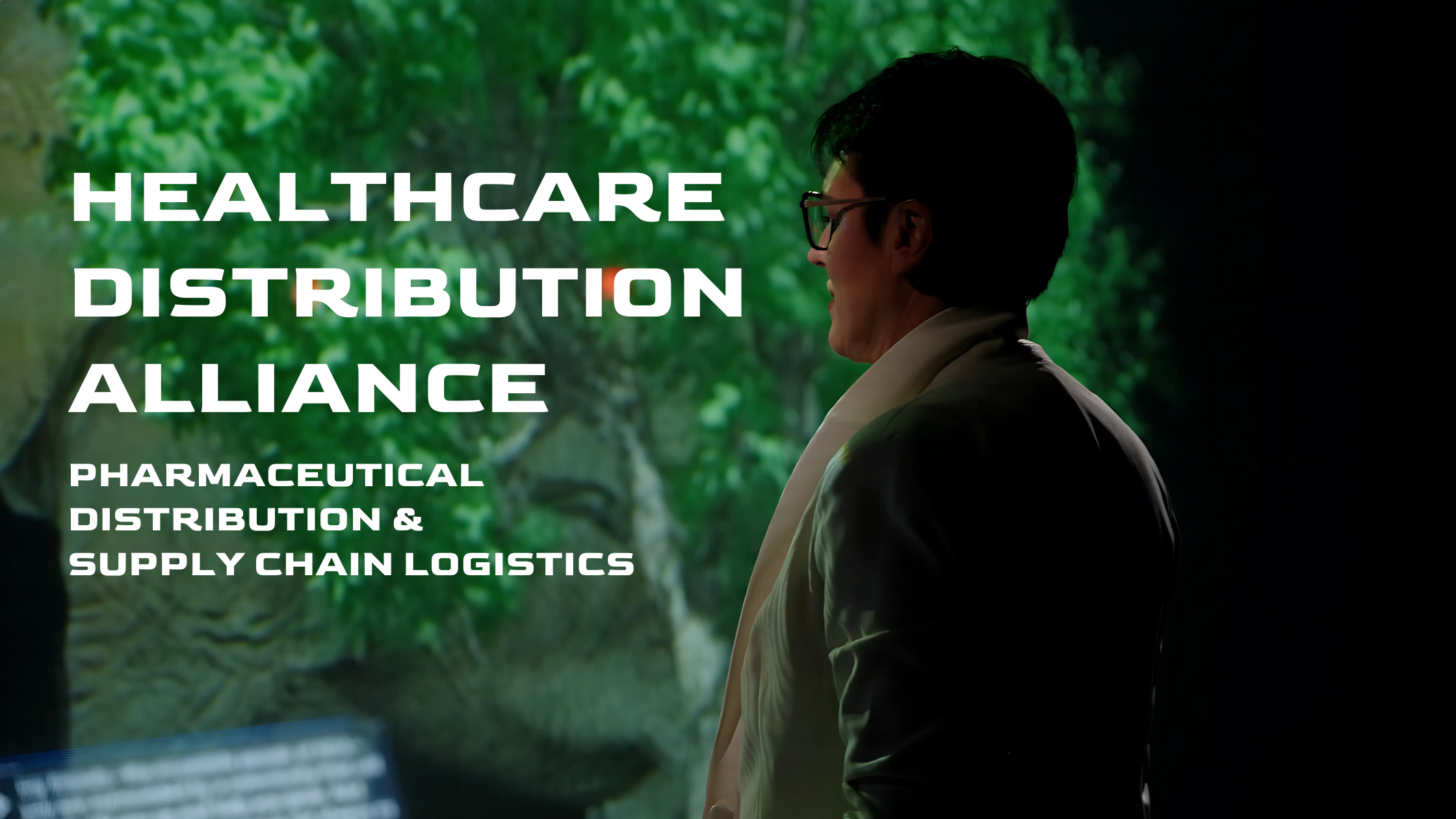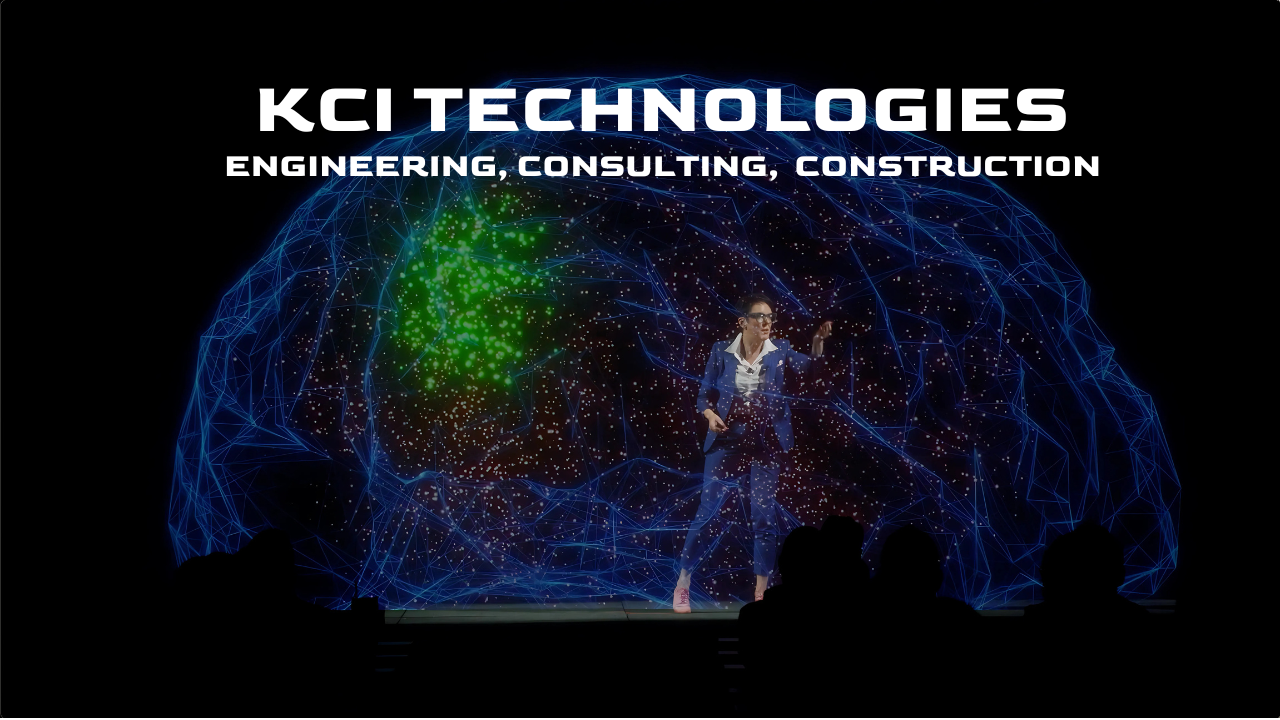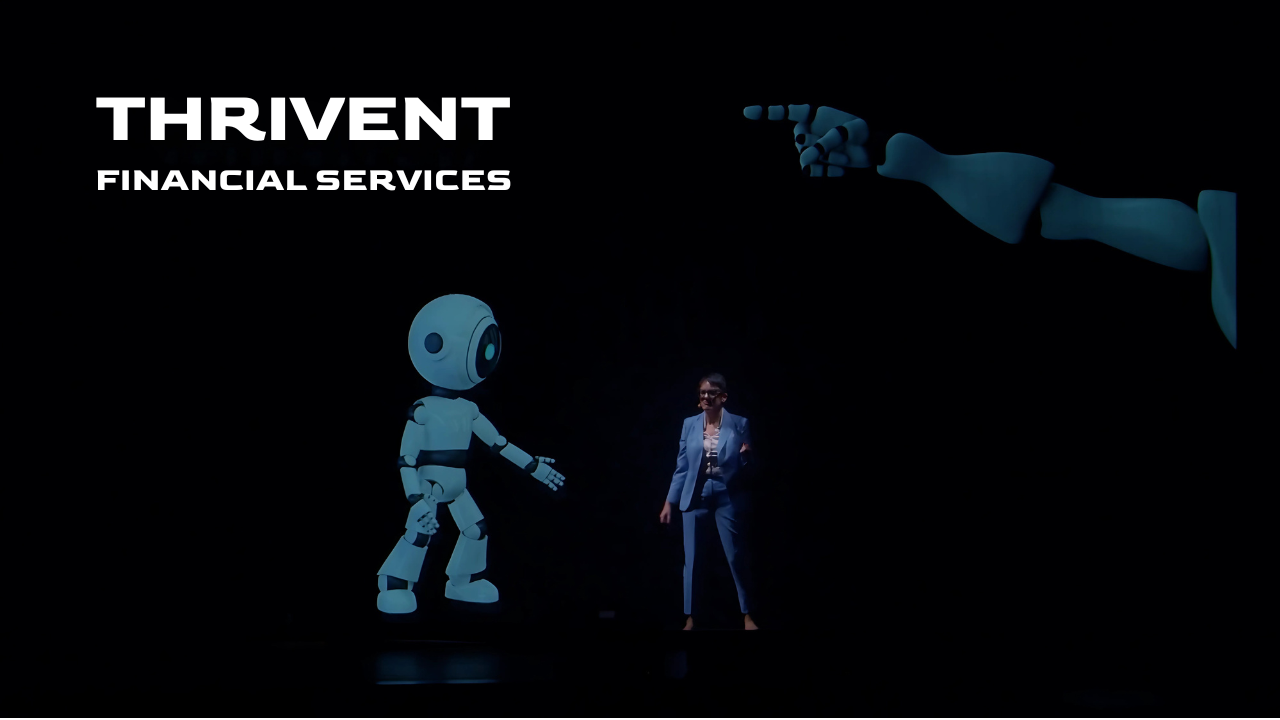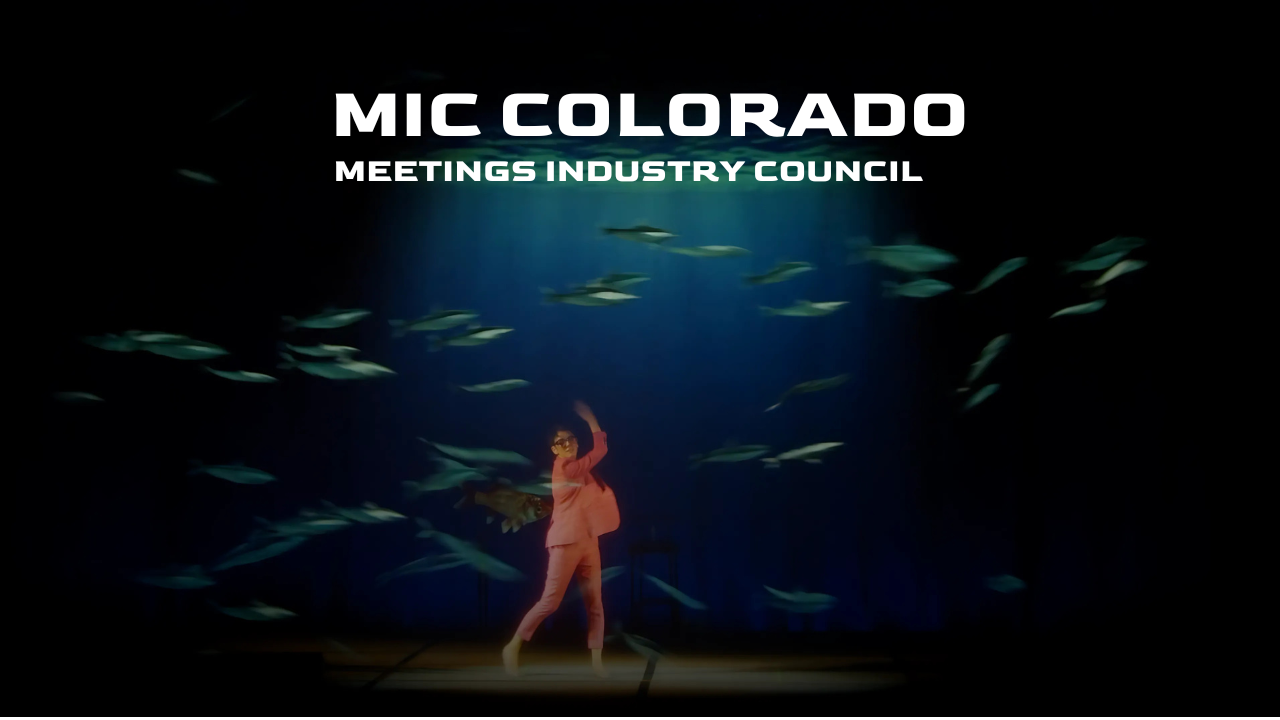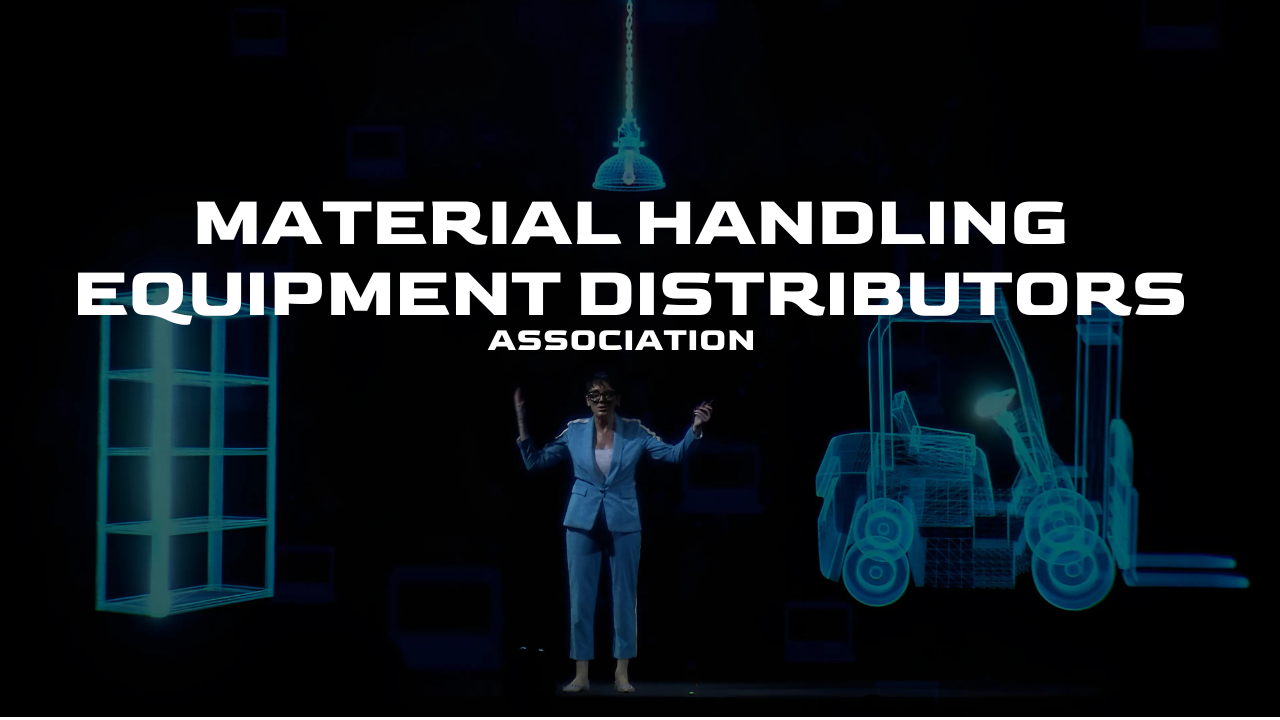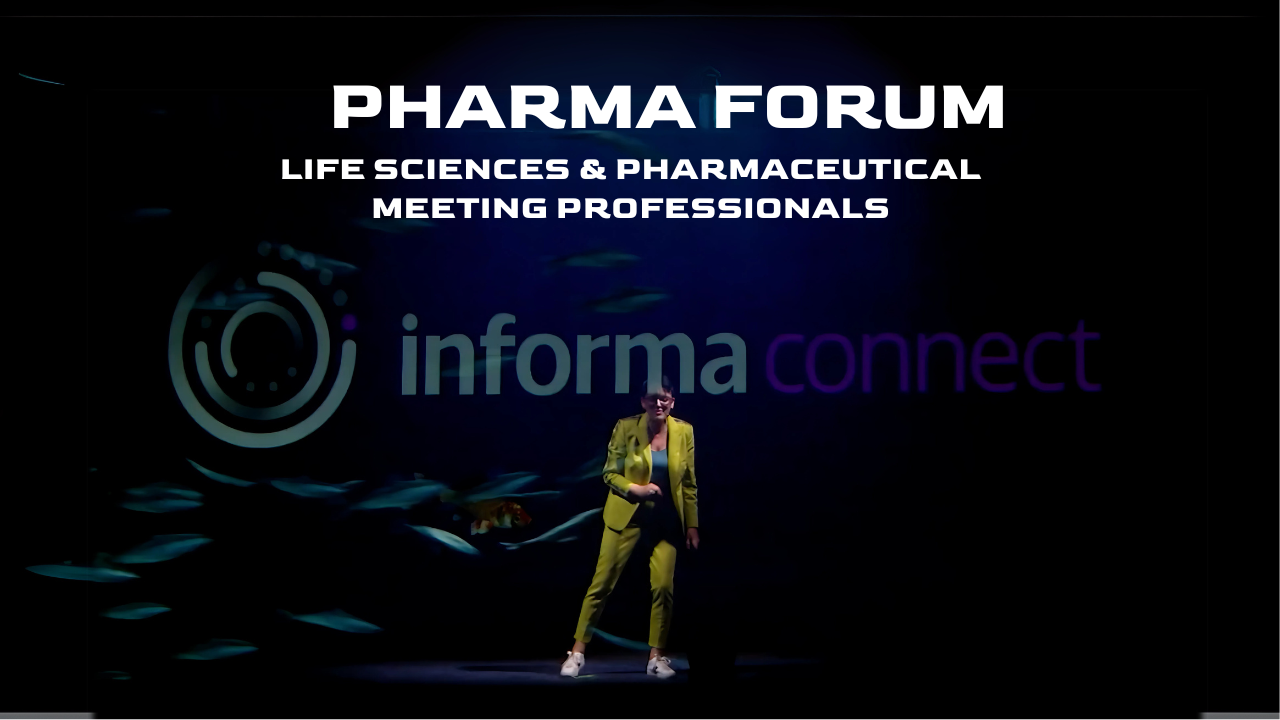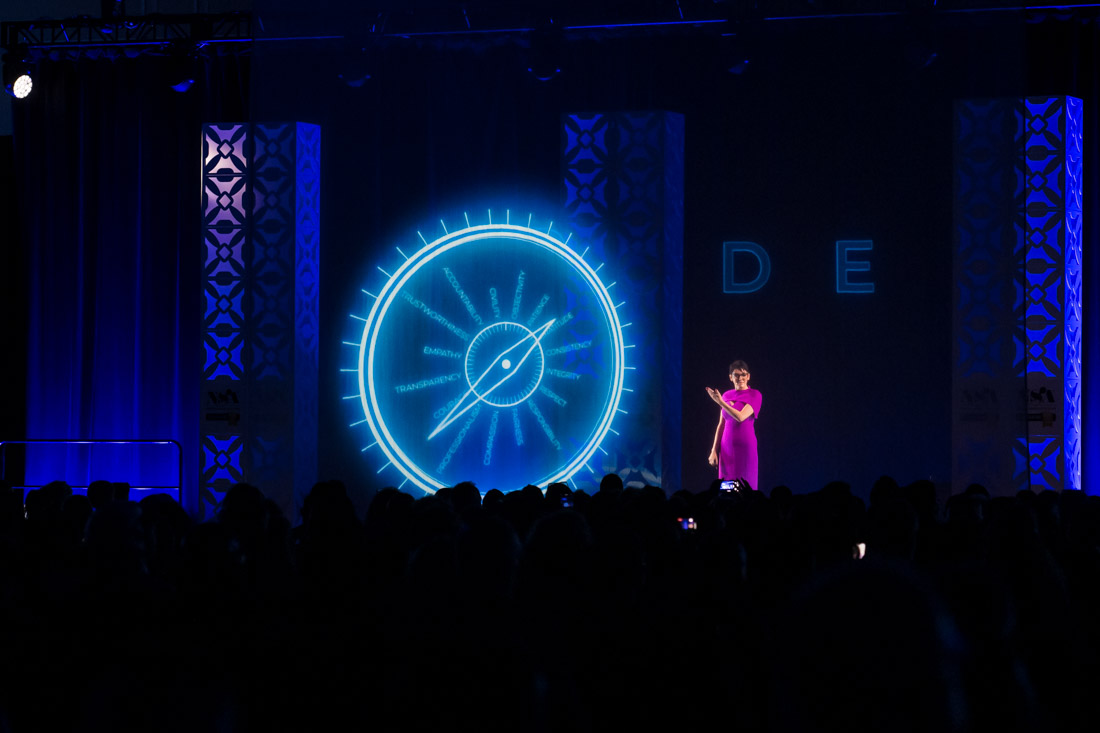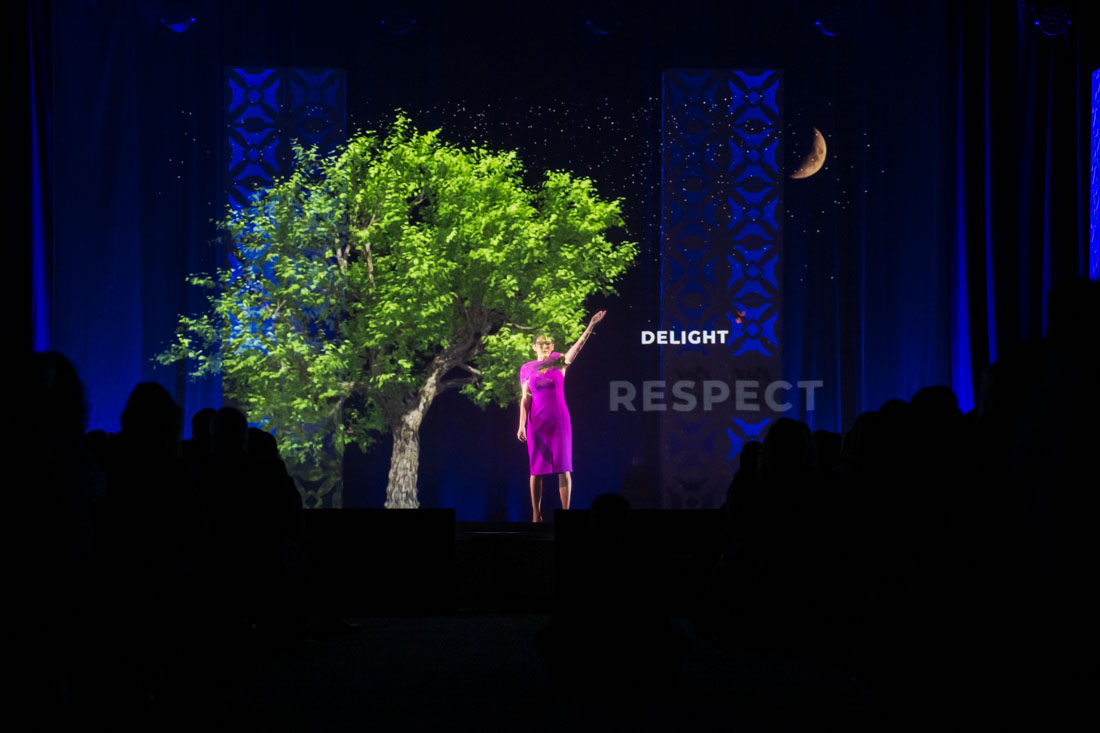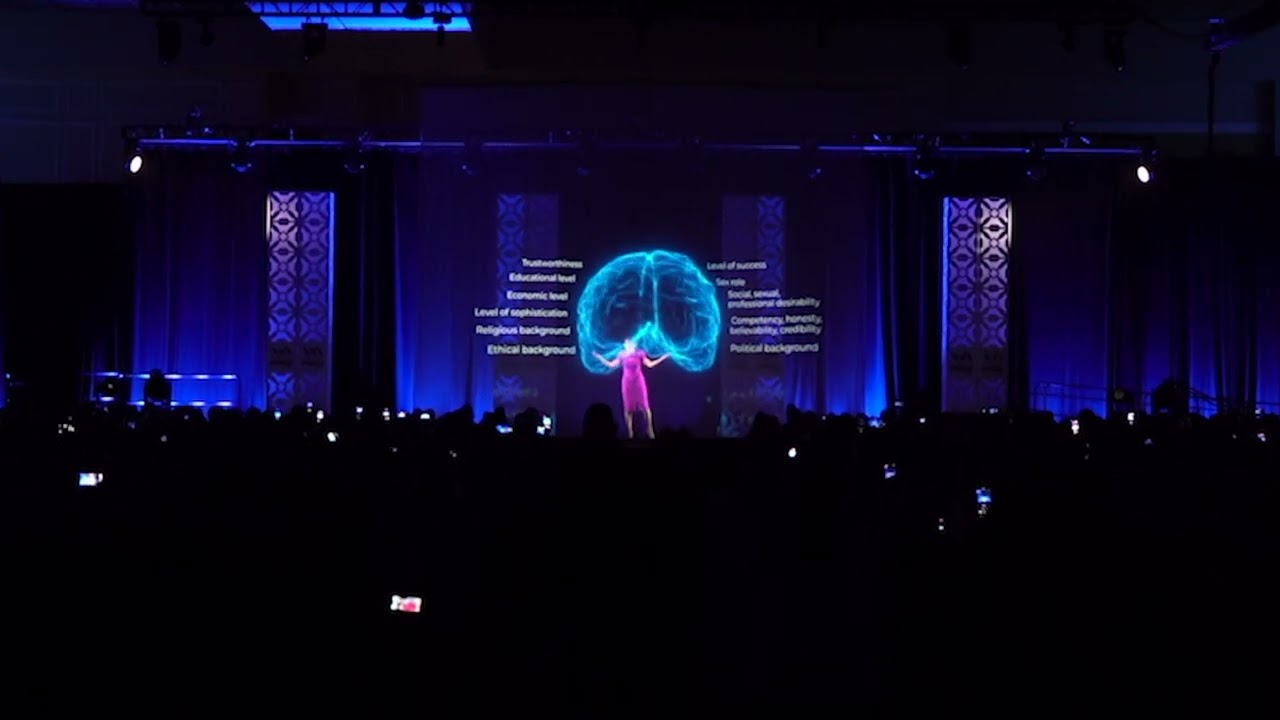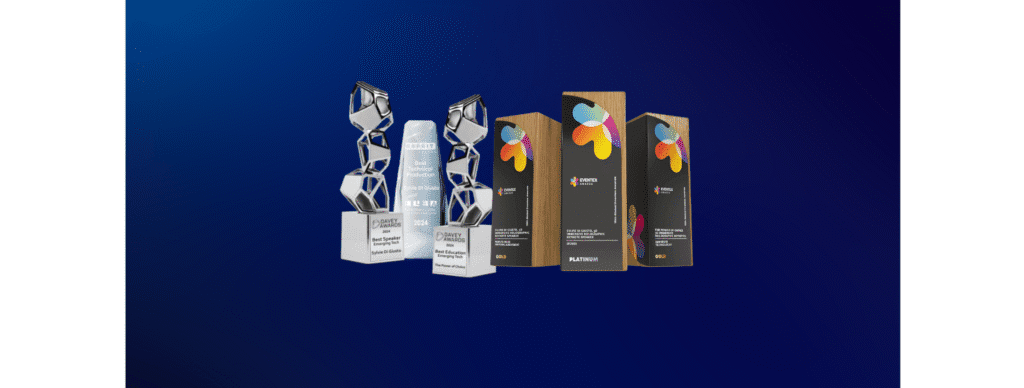Event Sponsors, Reimagined: Creative Strategies for Real ROI
Let’s be honest: we’ve all seen it. Event sponsors reduced to logos on lanyards, generic booths, and awkward podium thank-yous that do little more than check a box.
But that approach? It’s not just outdated. It’s ineffective. According to Freeman’s 2025 Trends Report, today’s attendees are placing commerce front and center—and your event sponsors play a much bigger role in that outcome than you might think.
Sponsors aren’t just a revenue line item. Done right, they’re content, connection, and credibility all rolled into one. Let’s take Freeman’s insights and turn them into real, practical strategies for event planners and conference organizers who want their event sponsors to matter more—to the audience, to exhibitors, and to the business outcomes everyone cares about.
Key Takeaways
- Event sponsors are central to attendee value—especially when tied to discovery and hands-on interaction.
- Subject matter expertise beats static branding every time.
- Product discovery = career advancement for attendees. Sponsors should enable that.
- Your event should guide attendees toward the right sponsors, not leave it up to chance.
- Sponsor booths need to become experience zones, not marketing brochures.
- The best sponsors feel like content, not interruption.
The Shift: From Logos to Commerce Enablers
Freeman is a global leader in events, experiences, and exhibition strategy. Known for its deep insights and data-driven approach, Freeman works with brands and organizers to design, produce, and optimize in-person, virtual, and hybrid events. Their annual trend reports are widely respected across the industry for uncovering what truly drives attendee behavior and commercial success at events.
Freeman’s report makes one thing clear: commerce is now the top reason attendees go to events. And event sponsors are a huge part of that experience.
Attendees want to discover new products, touch them, compare them, talk to the people behind them, and then use that insight to make smart professional decisions. But most event sponsors still show up like they’re at a tradeshow in 2009: scripted, static, and selling. That gap? It’s a missed opportunity.
Event planners can bridge that gap by working with sponsors early to design experiences that feel aligned to the attendee journey. Instead of asking, “Where do you want your logo?” ask, “How do you want people to feel after visiting your space?”
Tip #1: Make Product Discovery the Centerpiece
According to Freeman, 58% of attendees say product discovery is their top commercial reason for attending. So if you’re looking to engage event sponsors more meaningfully, this is your north star. Discovery isn’t a passive process—it’s emotional, aspirational, and tied directly to how attendees perceive their own professional growth. That means your sponsors shouldn’t just be present—they should be positioned as essential guides along the discovery path.
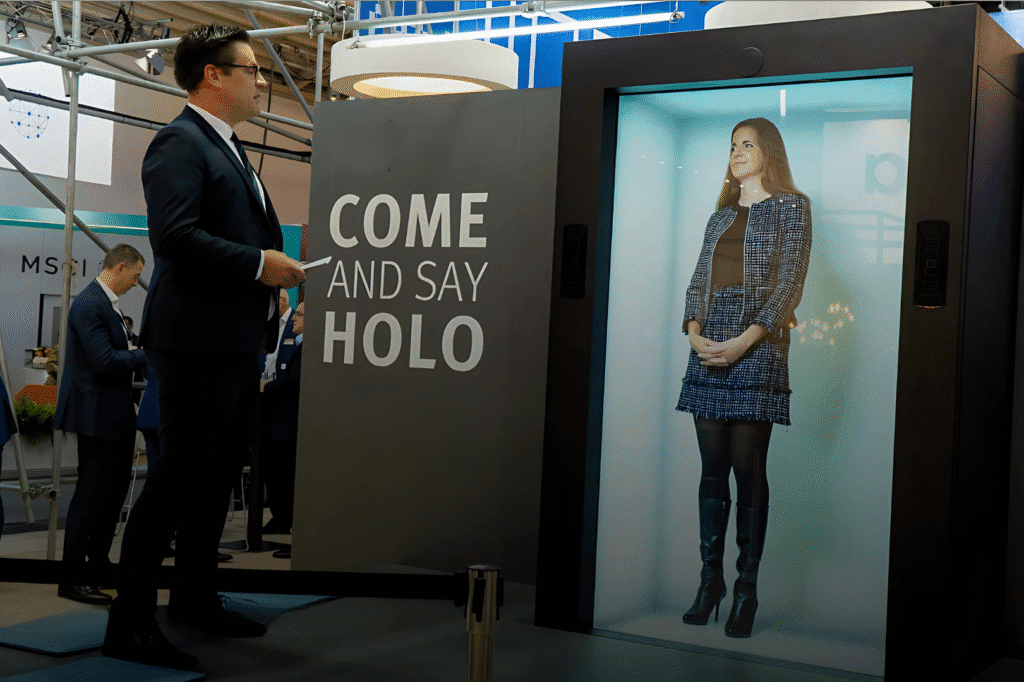
Together with my team, we’re currently working on a new experience that brings the magic of my 3D immersive keynote into the heart of your sponsor floor. Imagine this: a Holobox where participants can see themselves projected as a hologram—fully immersed, fully engaged. It’s not just tech for tech’s sake. It’s a way to help attendees feel what it means to be part of the future. And it’s a way for event sponsors to connect through experience, not just exposure. Stay tuned—we’re just getting started.
Start by designing booth spaces that are built for interaction. Think tactile surfaces, modular displays, immersive storytelling, and hands-on stations that mimic real-world applications. Make it feel less like a showroom and more like a sandbox—where attendees can play, test, and uncover.
You can also encourage event sponsors to create content-driven experiences: sponsor-led learning zones, innovation lounges, or challenge-based product walkthroughs that drive both education and exploration.
Because when product discovery is the main reason people attend your event, your event sponsors don’t just support that mission. They are that mission.
Tip #2: Push for Hands-On, Not Just Handouts
Freeman found that 96% of attendees say hands-on exposure helps them advocate internally. And 42% are more likely to switch brand preference without it.
In other words, physical interaction isn’t a bonus—it’s a brand differentiator. Event sponsors need to go beyond static displays and giveaways. They should be creating environments where attendees can physically engage with a product or service and form their own insights. The more tactile and immersive the experience, the more confident the attendee feels in recommending that brand post-event.
If sponsors are selling software, think beyond a screen demo. Set up guided simulations or mini-challenges where attendees can navigate scenarios themselves. If the product is tangible, build spaces where people can hold it, test it, compare it—and even co-create with it.
Encourage your event sponsors to lean into their value proposition and answer: “What does this product actually feel like to use?” That emotional layer of experience—paired with functional exposure—is what builds trust and memory.
And here’s the deeper truth: when hands-on isn’t offered, it’s often interpreted as a lack of transparency or confidence. In a commerce-driven environment, that perception costs. So if you want your event sponsors to succeed, don’t let them default to brochures and slide decks. Invite them to be remembered by what attendees could do, not just what they were told.
Tip #3: Replace Booth Staff with Subject Matter Experts
84% of attendees want access to subject matter experts, not just salespeople. Yet most booths still operate like it’s brochure-first, conversation-second—missing an enormous opportunity to deliver true value.
Event sponsors should be empowered and encouraged to shift their approach entirely: from selling to sharing. From delivering a message to building a relationship. That starts by choosing the right people to represent them. Engineers, product developers, technical consultants, strategists—these individuals offer the depth and context that decision-makers crave.
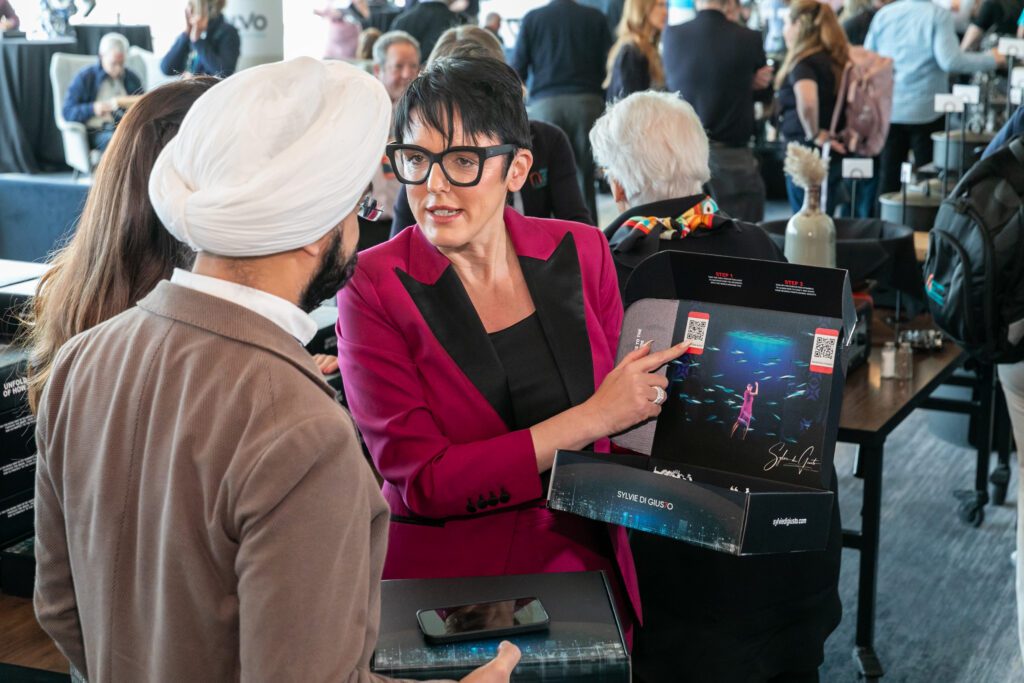
Not every sponsor is ready to show up as a subject matter expert—and that’s okay. But you already have trusted voices on your stage. Why not bring them to the floor? I love collaborating directly with event sponsors when there’s clear alignment, joining their space to offer deeper insight, spark meaningful conversations, or bring a keynote message full circle. It’s one of the most powerful ways to move from passive presence to real partnership. And it reminds attendees that learning doesn’t end when the session does—it continues wherever curiosity leads.
Consider offering your event sponsors a new kind of stage—literally. Create “Sponsor Spotlights” or learning lounges where these subject matter experts can share insights, answer questions, or even host micro-workshops. It reframes the sponsor presence as a value-rich touchpoint, not a sales obligation.
When event sponsors show up not just as vendors but as trusted advisors, your attendees notice. They lean in, they stay longer, and they walk away not just informed—but impressed. And in a commerce-first environment, that level of connection is more than memorable—it’s measurable.
Tip #4: Help Attendees Find the Right Sponsors
If your event app is just a searchable list of logos, it’s not helping. Freeman’s report shows attendees want navigation tools: filters, tags, routes, and goal-based discovery. In a commerce-first environment, your attendees expect to find the right connection quickly, meaningfully, and with minimal friction.
Event sponsors should be integrated into the event journey—not isolated in a tab. Consider developing a match-making system or guided content tracks that align attendees with relevant event sponsors based on industry vertical, challenge area, or job function. You might allow users to filter sponsors by the problems they solve, technologies they offer, or industries they serve. This doesn’t just create better discovery—it increases the likelihood of deeper commercial conversations.
Another strategy? Pre-event surveys that feed personalized sponsor recommendations directly into the attendee’s agenda or map. And during the event, build themed navigation routes (“AI in Retail,” “Sustainability Solutions,” “Workflow Automation”) that take attendees from session to sponsor seamlessly.
At its best, an event app can act as a discovery engine—but only if you treat your event sponsors like essential nodes in that experience. Don’t separate them. Integrate them. Curate them. And in doing so, help both attendees and event sponsors extract real value.
Tip #5: Build Sponsor Moments into the Program
Sponsor visibility shouldn’t end at the expo floor. In fact, if it does, you’re missing some of the most powerful opportunities to integrate event sponsors into the full event narrative.
Start by thinking about where content and commerce naturally intersect: keynotes, panels, networking breaks, and immersive brand activations. Can your event sponsors host interactive lunches that deliver both insight and access? Could they lead hands-on workshops that solve real challenges your attendees are facing? Could your keynote speakers tell a product story or launch a new innovation with flair?
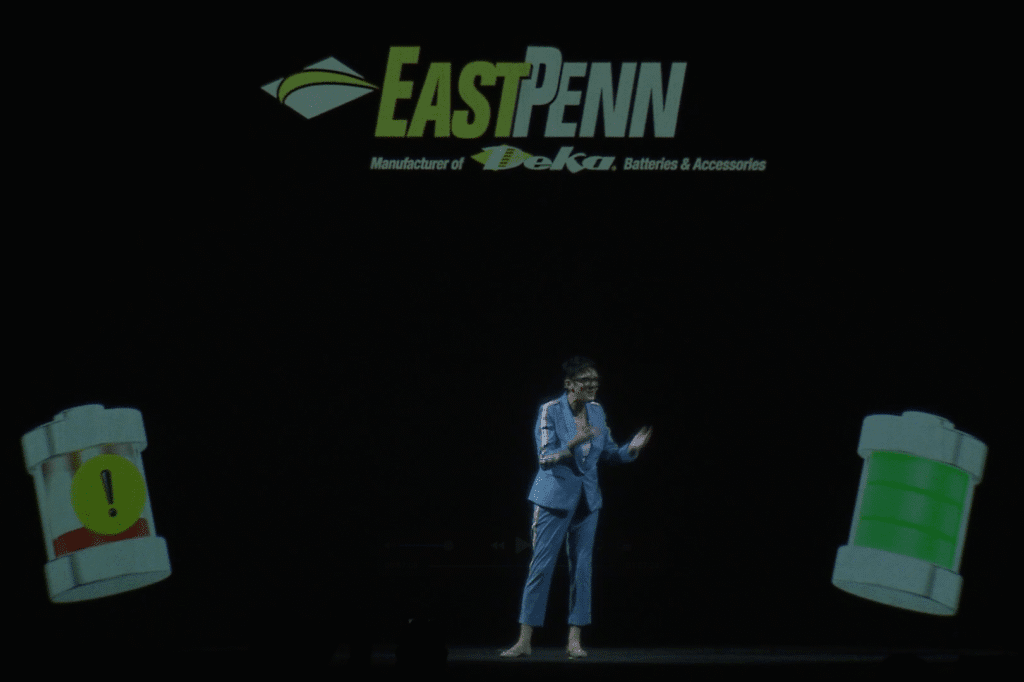
Your keynote speakers are professional storytellers—so let them tell your sponsors’ stories, too. When there’s alignment, your speaker can bring a sponsor’s message to life in a way that feels authentic and unforgettable. With EastPenn, for example, we didn’t just mention the sponsor—we embedded them into the narrative. That’s the power of collaboration when the keynote becomes part of the sponsor experience—not just adjacent to it.
And don’t stop there. Think about how to weave event sponsors into your agenda in unexpected ways—gamified challenges, AR-based scavenger hunts, surprise product showcases, or co-branded learning labs. These touchpoints extend the brand beyond a booth and embed it within the attendee experience.
The goal is to move from visibility to integration. Because when event sponsors feel like content instead of a commercial break, they earn more attention, more engagement, and ultimately, more ROI. And your audience? They get a more cohesive, meaningful, and memorable experience.
Tip #6: Rethink Metrics Together
If your event report still highlights badge scans and total booth visits, you’re measuring noise, not value. These surface-level metrics may show movement—but they don’t show meaning. And in a commerce-first event landscape, what matters most is depth, not just volume.
Take a more strategic approach with your event sponsors and collaborate early on the outcomes that align with their business goals. What kinds of interactions lead to real sales conversations? How many demos turn into follow-ups? What’s the post-event conversion rate? How long are attendees engaging with the space or content?
Also consider integrating tools that support more sophisticated measurement: digital touchpoints, heatmapping traffic flows, lead quality scoring, or sentiment capture. Encourage event sponsors to use these insights to fine-tune their messaging, booth layout, and staffing mix. This not only elevates their experience—it increases the credibility and commercial impact of your event.
In the end, the real win comes when event sponsors stop asking, “How many leads did we scan?” and start asking, “How much momentum did we build?” Because commerce isn’t just a transaction—it’s a relationship in motion.
Sponsors Want to Be Useful. Let Them.
The biggest opportunity in 2025? Stop treating event sponsors like a separate line item. Treat them like the experience itself. When you reframe your relationship with sponsors—not as advertisers but as experience enablers—you give them a real reason to show up differently.
And when they show up differently, your attendees do too.

As a keynote speaker, I don’t just deliver content—I help event organizers design holistic experiences where sponsors aren’t just visible, but valuable. My immersive keynotes and interactive formats often extend beyond the main stage, giving event sponsors opportunities to be woven into the narrative in meaningful, memorable ways. From co-created moments that spotlight sponsor innovation to subtle visual integration within a 3D immersive environment, I partner with planners to ensure that sponsors become trusted contributors to the audience journey—not interruptions. Because when the sponsorship strategy supports the story, everyone wins.
Learn more about my keynotes here.
